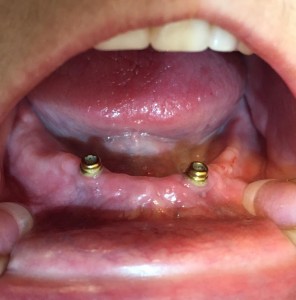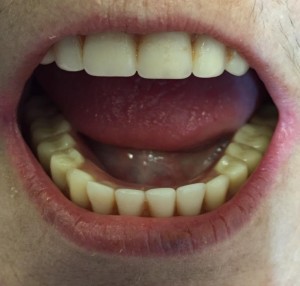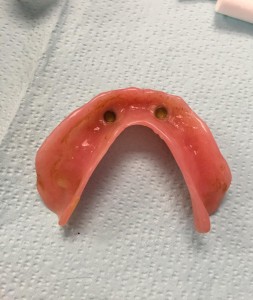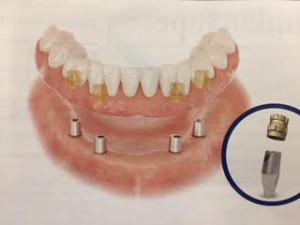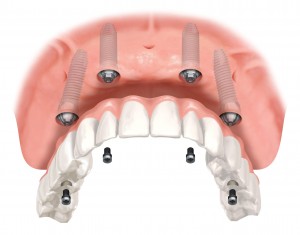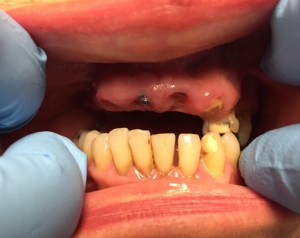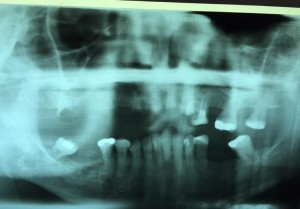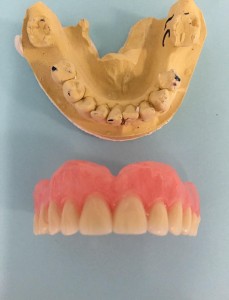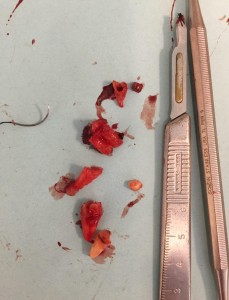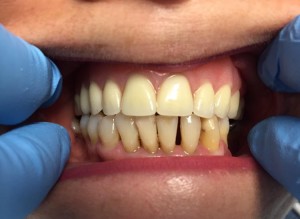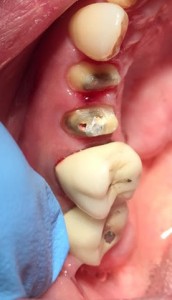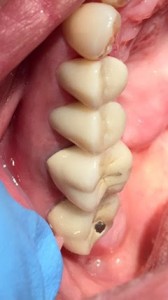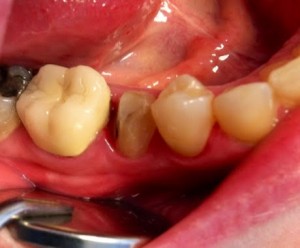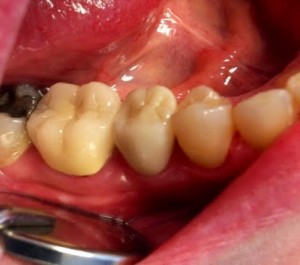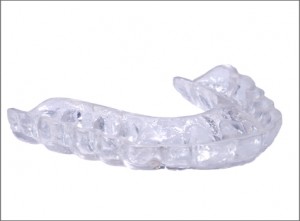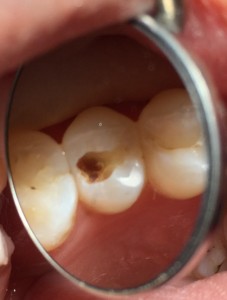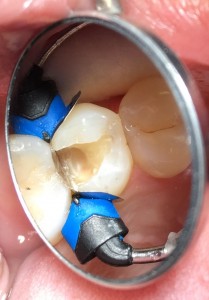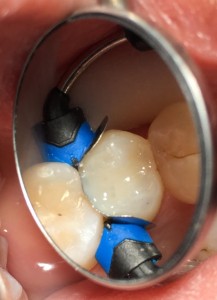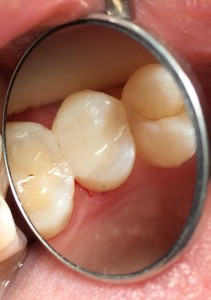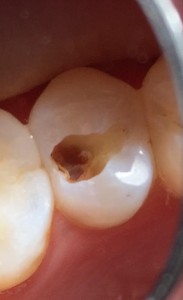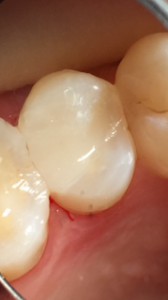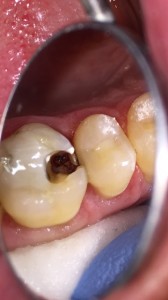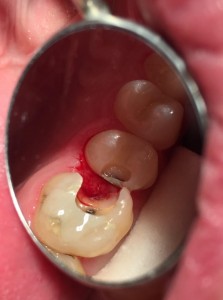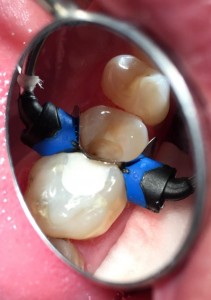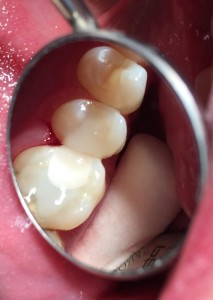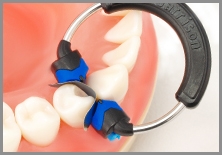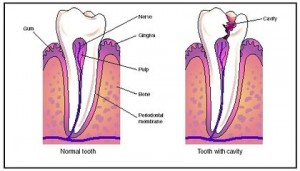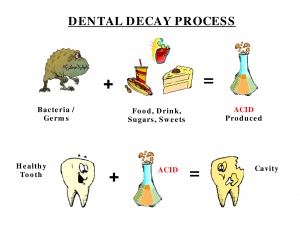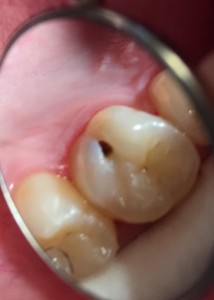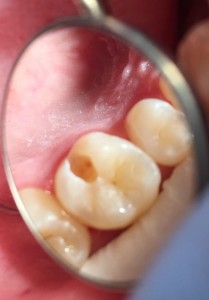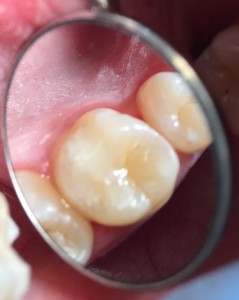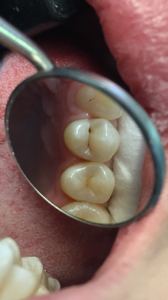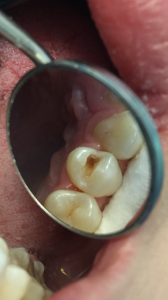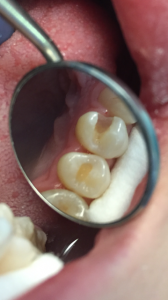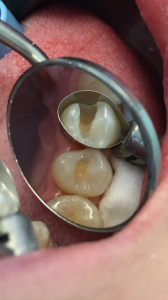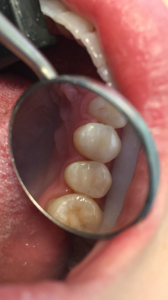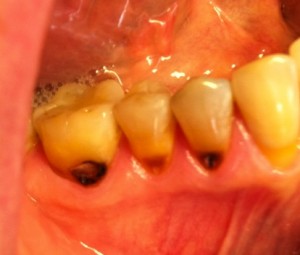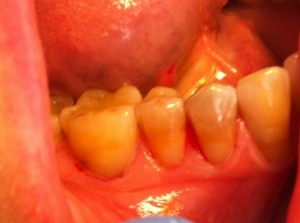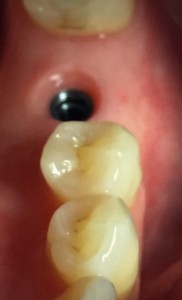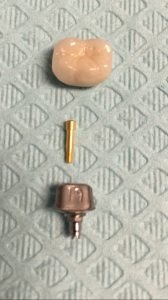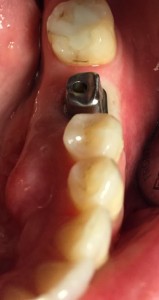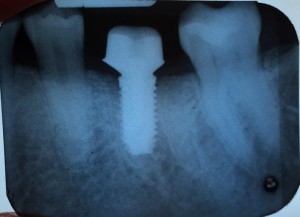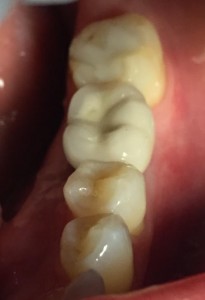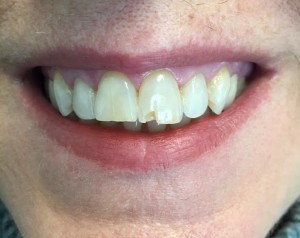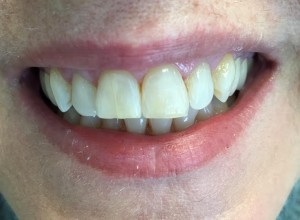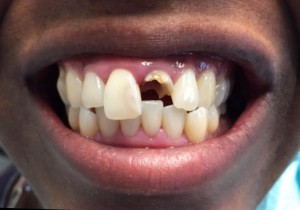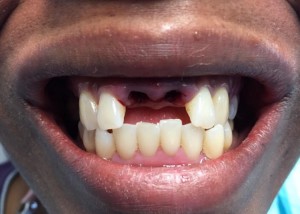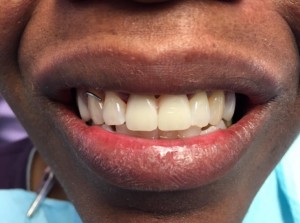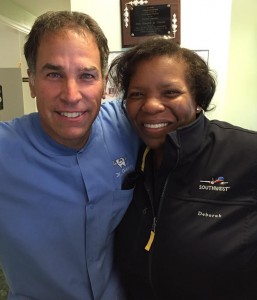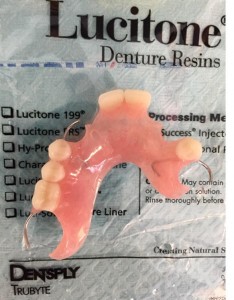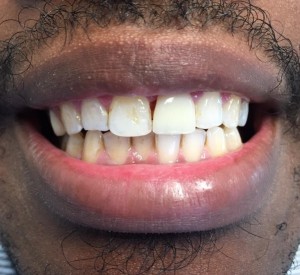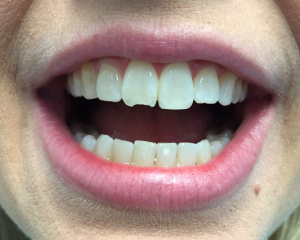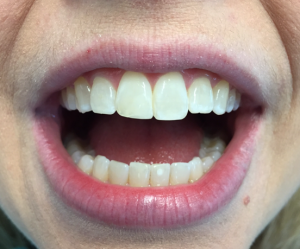Too many people who have conventional dentures don’t wear them for the simple fact that they don’t stay in place. Dental Implants offer a way to keep dentures in place and allow you to go about your daily life with confidence.
 The use of dental implants to stabilize dentures has proven to be successful for many people. The number continues to grow as word spreads about the effectiveness and long-term durability of the treatment. In fact, it has been reported that dental implants have the highest success rate of any implanted surgical device.*
The use of dental implants to stabilize dentures has proven to be successful for many people. The number continues to grow as word spreads about the effectiveness and long-term durability of the treatment. In fact, it has been reported that dental implants have the highest success rate of any implanted surgical device.*
the problems with loose dentures
Millions of people around the world are missing enough teeth to require the use of a denture. Many of them struggle to keep their dentures secure, particularly in the lower jaw. If you have this problem, you already know about the embarrassment of slipping dentures, not being able to eat the foods that you love and the ineffectiveness of denture adhesives. Fortunately, there is a way to make your denture work the way it was intended: stabilize it with dental implants.
benefits of denture stabilization
- Restores proper chewing, allowing a better diet and improved health
- Improves speech and confidence
- Increases comfort with less irritation of gum tissue
- Ends the cost and inconvenience of denture adhesives
- Often can utilize your existing denture
- Minimally invasive procedure
